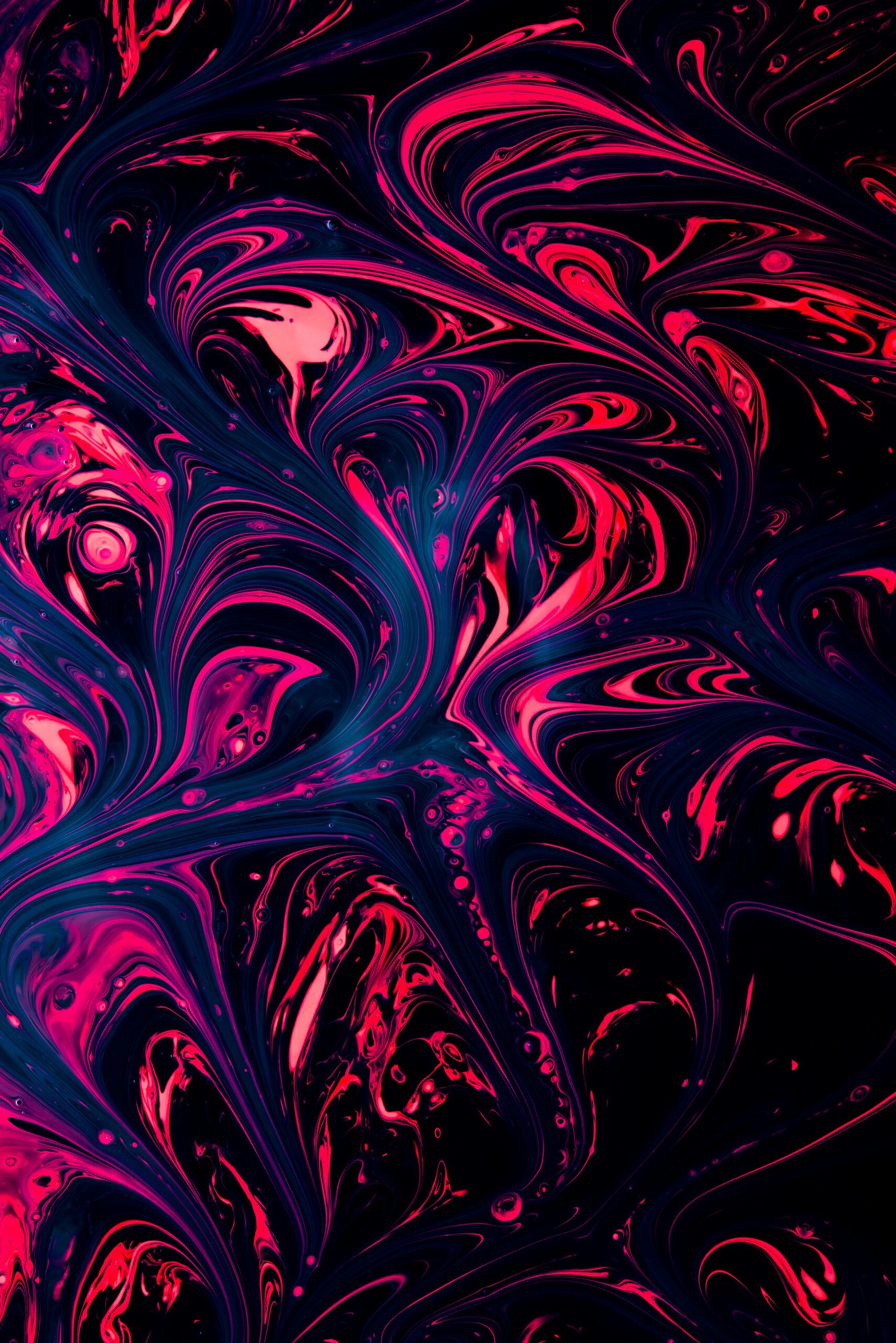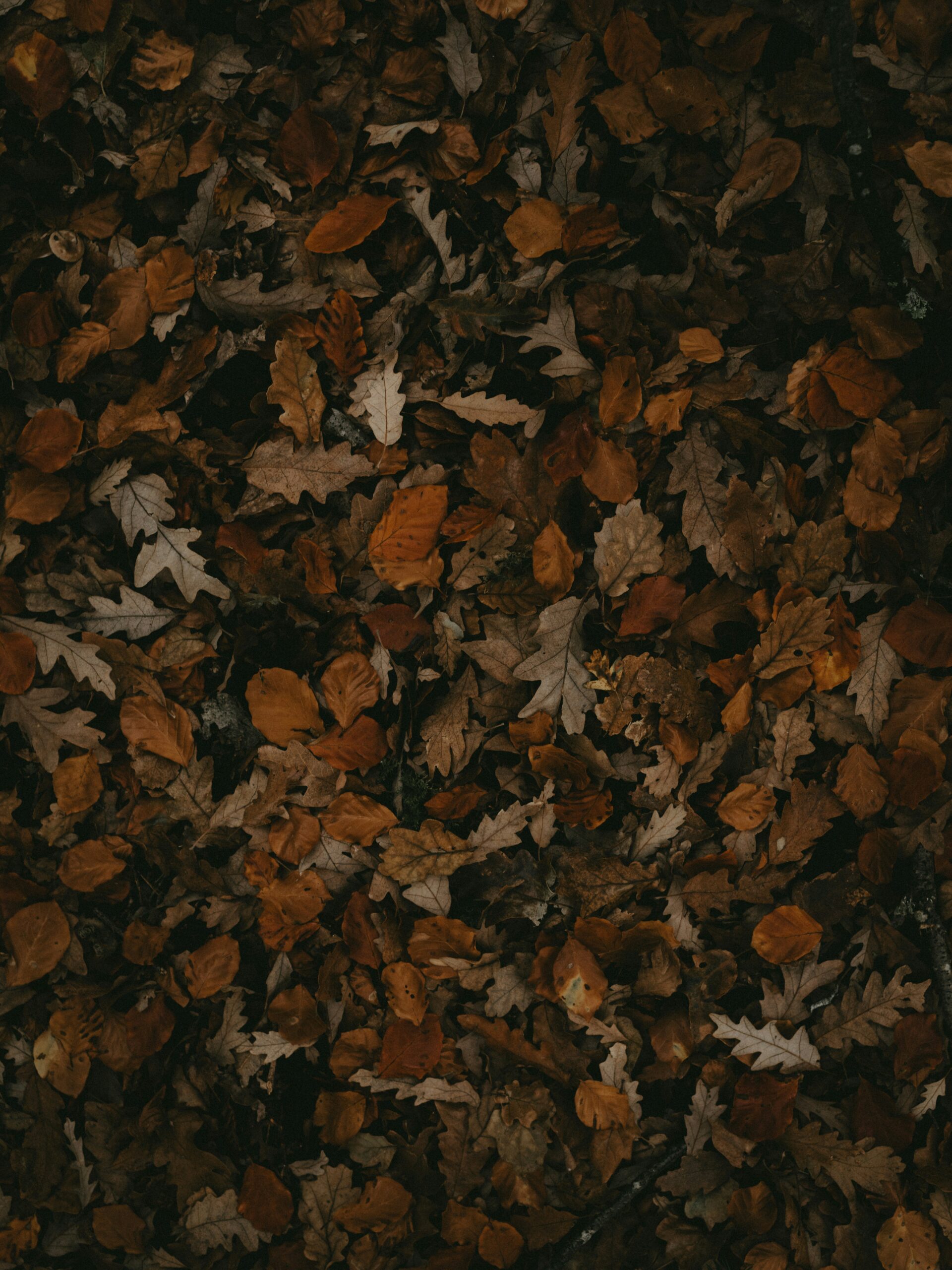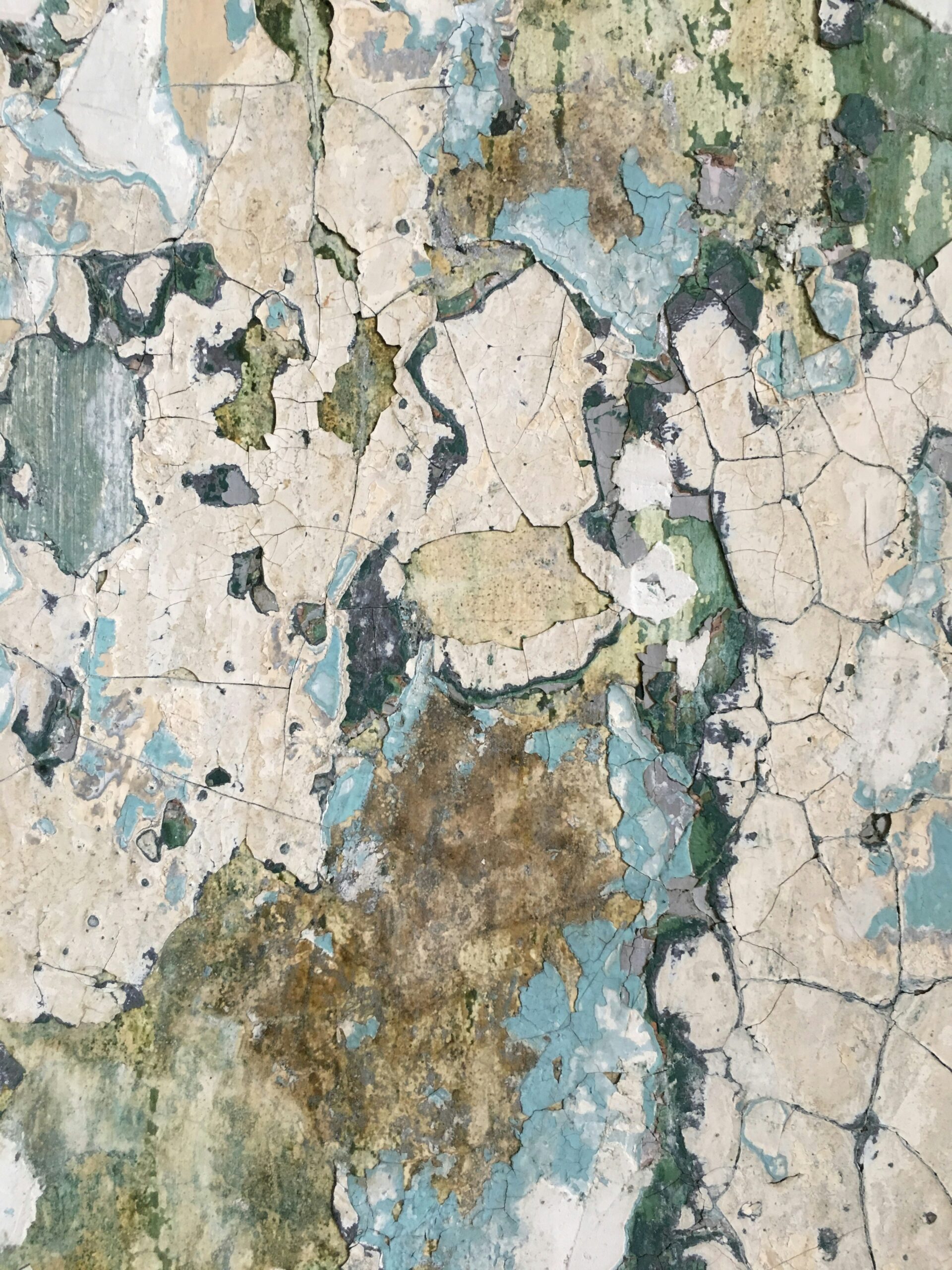Imagine being able to blend seamlessly into your surroundings, becoming invisible to your prey or the wildlife you are trying to capture on film. Camouflage patterns are not only essential in the world of hunting, but they also play a crucial role in wildlife photography. By mimicking the natural environment and blending in with the surroundings, these patterns allow photographers to get closer to their subjects without alarming them. In this article, we will explore the fascinating ways in which camouflage patterns aid both hunters and photographers in their quest for the perfect shot. So, prepare to uncover the secrets of nature’s hidden armor and how it helps us to connect with the wild.
Understanding Camouflage
Definition of camouflage
Camouflage refers to the use of patterns, colors, and textures to blend in with the surrounding environment, making it difficult for predators, prey, or observers to detect the individual or object. This technique is employed by various species in the animal kingdom, as well as by humans in hunting and wildlife photography.
The science behind camouflage
The science behind camouflage lies in the concept of visual perception. The human eye, as well as the eyes of many animals, are attuned to recognize specific shapes, colors, and patterns. Camouflage patterns work by disrupting these visual cues, creating confusion and making it harder for the observer to identify the subject. This is achieved through a combination of coloration, texture, and disruptive patterns that break up the outline of the object.
Different types of camouflage patterns
There are several types of camouflage patterns used in nature, hunting, and wildlife photography. A few examples include:
-
Cryptic camouflage: This type of camouflage involves blending in with the background through coloration and patterns that match the surrounding environment. The idea is to make the subject appear as part of the scenery, making it difficult for predators or observers to distinguish them.
-
Disruptive camouflage: Disruptive patterns consist of high-contrast markings that break up the outline of the subject and make it harder for predators to focus on a specific target. This type of camouflage can create illusions and make it challenging to identify the subject accurately.
-
Mimicry camouflage: Some animals mimic the appearance of other species or objects to deter potential predators or fool their prey. This form of camouflage relies on imitating the visual attributes of another species or an inanimate object to gain an advantage.
Role of Camouflage in Hunting
Promotes blending with the environment
Camouflage plays a crucial role in hunting by allowing hunters to blend seamlessly with their surroundings. By wearing appropriate camouflage clothing or utilizing natural elements to conceal themselves, hunters can become virtually invisible to their prey. This ability to blend in enhances their chances of getting closer to the animal and making a successful kill.
Improving hunting success rates
Camouflage significantly improves hunting success rates by reducing the likelihood of detection. When hunters are effectively camouflaged, animals are less likely to perceive them as a threat and may carry on with their normal behaviors. This provides hunters with a better opportunity to take aim and shoot without alerting the animal.
Minimization of prey disturbance
Camouflage also plays a role in minimizing disturbance to prey species during hunting. By remaining undetected, hunters can approach their prey without causing undue stress or alarm. This is particularly important in terms of ethical hunting practices, as minimizing disturbance helps ensure the welfare of the animals being hunted.

Use of Camouflage in Wildlife Photography
Creating a close proximity to the subject for better shots
Camouflage is of great importance in wildlife photography as well. By utilizing camouflage clothing or hide blinds, photographers can get closer to their subjects without alarming them. The ability to approach wildlife without being detected allows for capturing intimate close-up shots, showcasing intricate details that may otherwise be missed from a distance.
Ensuring minimal disturbance to wildlife
Wildlife photographers have a responsibility to minimize disturbance to the animals they photograph. Camouflage enables photographers to blend into the environment and remain inconspicuous, reducing the risk of causing stress or altering natural behaviors. By maintaining distance and using camouflage techniques, wildlife photographers can capture authentic and undisturbed moments in the lives of animals.
Enhancing the outcome of wildlife photographs
Camouflage not only facilitates proximity to wildlife but also enhances the overall outcome of wildlife photographs. By blending in with the surroundings, photographers can create images that reflect the natural habitat and provide viewers with a captivating glimpse into the animal’s world. Camouflage helps eliminate distractions and allows the subject to take center stage in the photograph, resulting in visually appealing and impactful images.
How Camouflage Patterns Work in Different Environments
Forest environments
In forest environments, camouflage patterns are typically designed to mimic the colors and textures of the foliage, such as shades of green and brown. These patterns help hunters and wildlife photographers blend in with the dense vegetation, making it easier to approach or observe animals without detection. Elements like leaves, branches, and tree bark can be utilized to break up the outline of the subject and provide additional concealment.
Desert environments
In desert environments, where the landscape consists of sandy dunes and sparse vegetation, camouflage patterns focus on shades of tan, beige, and light brown. These patterns help individuals blend in with the arid surroundings and minimize the risk of detection by both prey and predators. The use of disruptive patterns, resembling the natural textures of sand and rocks, can provide effective concealment in these environments.
Winter/snowy environments
In winter or snowy environments, camouflage patterns take on lighter colors, such as white, gray, and light blue. These patterns help individuals blend in with the snow-covered landscape, making it challenging for prey and observers to spot them. The use of disruptive patterns that mimic the appearance of shadows or snowdrifts can further enhance the effectiveness of camouflage in these environments.
Water-based environments
In water-based environments, camouflage patterns often incorporate shades of blue and green to blend with the surrounding aquatic environment. Additionally, disruptive patterns resembling the reflections and ripples on the water’s surface can help break up the outline and create effective camouflage. This type of camouflage is crucial for activities such as underwater photography or hunting water-dwelling species.

Benefits of Camouflage in Hunting and Wildlife Photography
Increase in success rates
The primary benefit of camouflage in both hunting and wildlife photography is an increase in success rates. By effectively blending in with the environment, individuals are less likely to be detected, allowing them to get closer to their subjects without alarming them. This improved proximity enhances the chances of capturing the desired shot or making a successful kill.
Protection from wildlife
Camouflage also offers protection from wildlife, particularly in hunting scenarios. By blending in with the surroundings, hunters can avoid drawing attention to themselves and potentially becoming the target of aggressive behavior. In wildlife photography, camouflage provides a level of safety by reducing the chances of startling or provoking animals, minimizing the risk of dangerous encounters.
Better photographs and observations
Camouflage directly contributes to better photographs and observations in wildlife photography. By remaining inconspicuous, photographers can observe natural behaviors and capture candid moments without disturbing the animals. This translates into more authentic and compelling photographs that tell a captivating story. The ability to approach wildlife closely also allows for capturing minute details and intricate patterns that may go unnoticed from a distance.
Enhances the experience
The use of camouflage enhances the overall experience of hunting and wildlife photography. By immersing oneself in the natural environment and understanding the nuances of the surroundings, individuals can develop a deeper connection and appreciation for nature. Camouflage creates a sense of being part of the environment, offering a unique perspective and a more fulfilling experience.
Selection of the Right Camouflage Pattern
Assessing the environment
Selecting the right camouflage pattern begins with assessing the environment in which you will be hunting or photographing wildlife. Consider the predominant colors, textures, and lighting conditions of the surroundings. Match your camouflage pattern as closely as possible to these environmental elements to achieve the best results.
Understanding animal vision
To effectively camouflage yourself, it is crucial to understand how animals perceive their surroundings. Different animals may have different ranges of color vision or be more sensitive to certain visual cues. Research the visual capabilities of the species you are targeting to tailor your camouflage pattern accordingly.
Choosing the right clothing material
The choice of clothing material also plays a significant role in camouflage effectiveness. Look for materials that are lightweight, breathable, and designed to blend into the environment. Many camouflage patterns are available in a range of fabrics specifically designed for hunting or wildlife photography purposes.
Utilizing newer technology in camouflage
Advancements in textile technology have led to the development of innovative camouflage patterns. Some patterns incorporate elements like microfibers or infrared-blocking materials to improve concealment. Consider utilizing newer technology in camouflage to enhance your effectiveness in the field.

Examples of Effective Camouflage in Hunting
The Ghillie suit
The Ghillie suit is a type of camouflage attire that utilizes loose strips or patches of fabric to create a three-dimensional camouflage effect. It mimics the appearance of natural surroundings, such as grass, leaves, or twigs, providing excellent concealment in various environments. The Ghillie suit is particularly effective in hunting scenarios where maximum concealment is required.
US Army’s Universal Camouflage Pattern
The US Army’s Universal Camouflage Pattern (UCP) is designed to provide effective concealment in a variety of environments, including woodland, desert, and urban settings. It incorporates a pixelated pattern that effectively breaks up the human outline and blends in with the surroundings. The UCP has been widely adopted by hunters due to its versatility and proven effectiveness.
Camouflage blinds
Camouflage blinds are portable shelters that provide concealment for hunters. These blinds typically feature camouflage patterns to blend in with the surrounding environment. They allow hunters to set up temporary shelters in strategic locations and wait for their prey, while remaining concealed from view. Camouflage blinds are versatile tools that offer hunters greater flexibility in their hunting strategies.
Use of natural elements
In addition to specialized camouflage clothing and gear, utilizing natural elements in camouflage is a time-tested technique. Hunters have been known to incorporate materials like branches, leaves, or moss into their attire, creating a natural camouflage effect. This approach enhances concealment by utilizing elements already present in the environment.
Examples of Effective Camouflage in Wildlife Photography
The use of hide blinds
Hide blinds, similar to camouflage blinds in hunting, are used in wildlife photography to provide concealment for photographers. These blinds are designed to blend in with the environment, allowing photographers to remain hidden while observing and capturing images of wildlife. Hide blinds come in various sizes and designs, ranging from compact portable versions to larger structures for extended photographic sessions.
Camouflage tents
Camouflage tents offer wildlife photographers a concealed vantage point from which to capture images. These tents are designed with camouflage patterns to blend in with the surroundings and provide a comfortable and protected space for photographers to set up their equipment. Camouflage tents are particularly useful for wildlife photographers who need to spend extended periods in the field.
Camouflage clothing patterns
Camouflage clothing patterns specifically designed for wildlife photography are widely available. These patterns incorporate colors and textures that mimic the natural habitat of various wildlife species. By wearing camouflage clothing, photographers can merge seamlessly with the environment, increasing the chances of capturing natural behaviors and intimate moments.
Use of natural elements for cover
Similar to hunters, wildlife photographers can utilize natural elements for additional cover and camouflage. By positioning themselves near branches, foliage, or rocks, photographers can break up their outline and blend in with the environment. This technique allows for closer approaches to wildlife without causing alarm.
Potential Drawbacks and Ethical Considerations
Impact on animal behaviors
The use of camouflage in hunting and wildlife photography may have unintended consequences on animal behaviors. In some cases, animals may become habituated to the presence of humans disguised in camouflage, leading to altered responses or tolerance levels. It is important to be aware of these potential impacts and minimize any long-term effects on animal behavior.
Ethical implications in hunting
Ethical considerations should always be at the forefront of hunting practices. While camouflage can enhance hunting success rates, it is essential to ensure that hunting is conducted in a responsible and humane manner. Hunters must adhere to regulations, take only ethical shots, and prioritize the welfare of the animals being pursued.
Potential negative impacts on ecosystems
The use of camouflage, particularly in hunting scenarios, may disrupt ecosystems if not used responsibly. Over-hunting or targeting specific species without regard for population dynamics can lead to imbalances within ecosystems. It is crucial to understand the ecological impacts of hunting and exercise responsible practices to mitigate adverse effects.
Importance of responsible use
Responsible use of camouflage in hunting and wildlife photography is paramount. This includes adhering to hunting regulations, respecting wildlife and their habitats, and minimizing disturbance to animals. The ethical and responsible use of camouflage ensures the sustainability of habitats, the preservation of wildlife populations, and the long-term enjoyment of these activities.
Future Trends in Camouflage Technology
Advent of 3D camouflage
The development of 3D camouflage patterns is a significant trend in camouflage technology. These patterns utilize three-dimensional textures and protrusions to create a more realistic and effective concealment. The added dimensionality provides hunters and wildlife photographers with enhanced camouflage capabilities, allowing them to blend in more seamlessly with the environment.
Use of color-changing materials
Advancements in material science have led to the exploration of color-changing camouflage. These materials can adapt to their surroundings, changing colors and patterns to match the background. Currently, this technology is primarily in the experimental phase, but it holds the potential to revolutionize camouflage by offering dynamic and highly adaptable concealment.
Integration of thermal camouflage
Thermal camouflage involves incorporating materials that can regulate or mask the body’s heat signature. This technology aims to deceive thermal imaging devices, making it harder for them to detect animals or individuals. As thermal imaging technology becomes more advanced and accessible, the integration of thermal camouflage into traditional patterns may become increasingly important.
Development of invisible cloaks
Although still in the realm of science fiction, the concept of invisible cloaks is an exciting area of research. Scientists are exploring materials and technologies that can manipulate light around an object, creating a visual effect of invisibility. While still far from practical implementation, the development of invisible cloaks could potentially revolutionize the concept of camouflage in the future.
In conclusion, camouflage patterns play a crucial role in hunting and wildlife photography by providing concealment and enhancing the overall experience. Whether blending with the environment to get closer to prey or employing camouflage to capture stunning wildlife photographs, understanding and utilizing camouflage techniques effectively can greatly improve success rates and minimize disturbance. It is important to consider the ethical implications, select the appropriate camouflage patterns for different environments, and stay informed about advancements in camouflage technology to stay ahead in the field.

